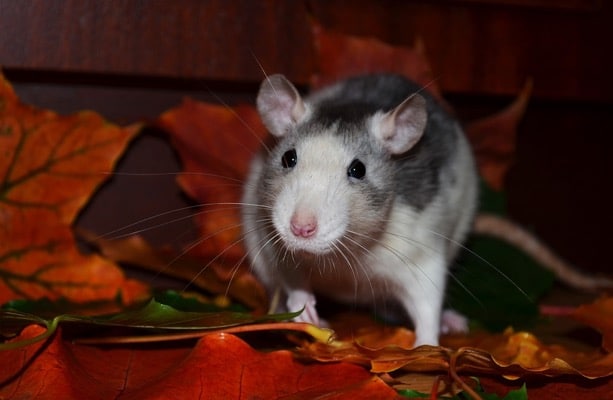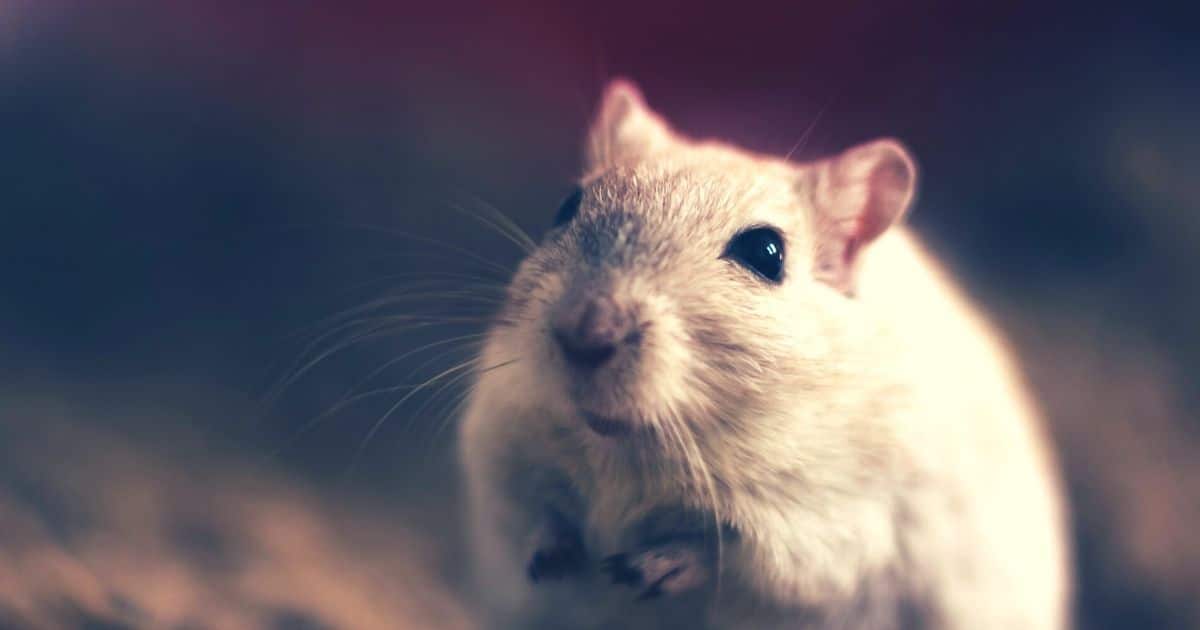Killem Pest Profile: How to Identify and Remove Rats and Mice
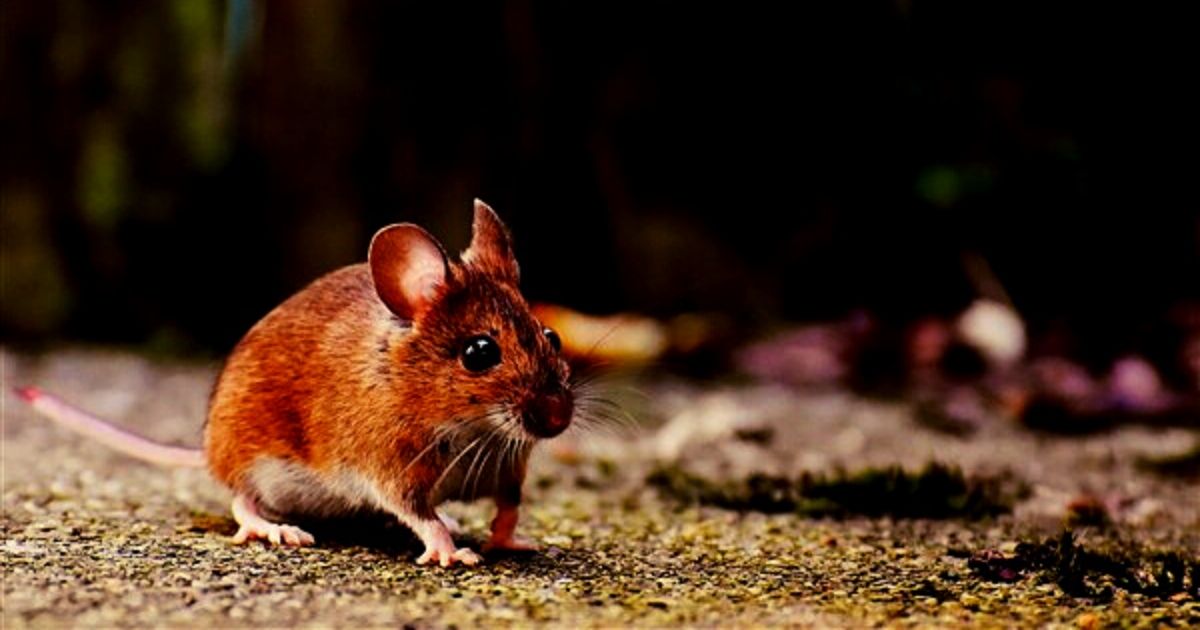
In the pest control industry, we use the term ‘rodent’ or ‘rodents’ to refer to both mice and rats. Rodents are becoming a rising concern in Singapore due to a very dense population and therefore an abundance of food and shelter that they can find.
The NEA has even set up a special task force to coordinate and monitor rodent control in Singapore. Below we take a look at the biology and behaviour of rats and mice.
How many types of rats are there?
There are at least 60 types of rats in the world. Two of them are particularly active in Singapore: Black and Brown rats.
Rats belong to the rodent species. Worldwide, there are about 1500 types of rodents. It is also worth noting that there are about 7 billion rats in the world.
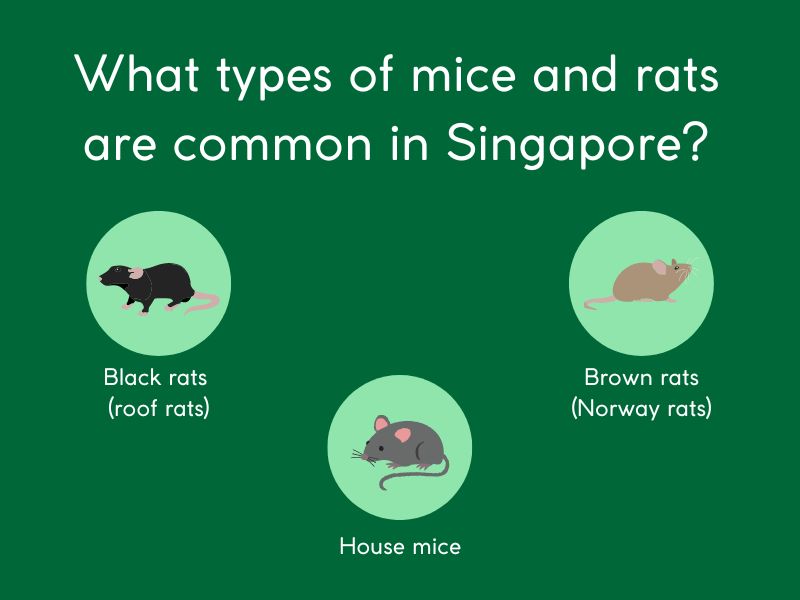
What types of mice and rats are common in Singapore?
- Black rats, also known as roof rats
- Brown rats, also known as Norway rats
- House mice
How to Identify Mice
Singapore has only nine native rodent species, but animals from other regions have invaded and constitute some major pests.
One of the most common species is the house mouse.
The average mouse weighs half an ounce and can range from 5.5 to 7.5 inches long.
They come in a variety of colours, ranging from white to brown to grey. Because of their size and natural predators, they have keen senses of smell, sight, and hearing, and are cautious around people.
They also make excellent escape artists, being able to squeeze through holes in the walls, slip under doors, and even climb into cabinets.
Part of what makes them a difficult pest to deal with is their reproductive capacity: one female mouse can have 5-10 litters every year, producing 5-6 offspring each time. In total, this means one pair of mice can have 25-60 children in 12 months.
Although they may appear small and fluffy, mice are not pleasant inside homes or workplaces.
Their faecal matter contains the bacteria necessary to contract salmonella, and they can spread it to food through their feet.
While their diet primarily consists of grains, they will nibble on a wide variety of foods, making them common kitchen pests. Often living in basements, attics, and walls they sneak out from their dens when the homeowners are sleeping and inactive to search for food.
How to Identify Rats
Rats are often confused with mice but are considered a more serious threat. In Singapore, the most common types of rats are the Norway Rat and the Roof Rat. The Norway Rat weighs roughly 1.1 pounds and is usually brown or grey with a scaled tail and ears. They live in underground burrows to breed and often seek out the food sources that can be found in homes, restaurants, shopping centres and commercial buildings.
Their counterpart, the Roof Rat, is slightly smaller at 12 ounces and tends to be black or grey. They also live in underground burrows, but are adept climbers and can roost near roofs, giving them their name. Both rats are longer than mice and are prolific breeders, producing 32-84 offspring a year. Like mice, they are agile and can scurry, jump, hide, and climb through small spaces.
One of the key differences between a rat and a mouse is the scales present along with rats’ ears and tails, as well as the longer body and higher weight. Rats also possess large teeth that they use to bite; their bites transmit diseases like rat-bite fever. Salmonella from faecal matter is also a threat, and rats can host fleas, presenting another pest problem if left unchecked.
Want to find out more about rodent removal in Singapore?
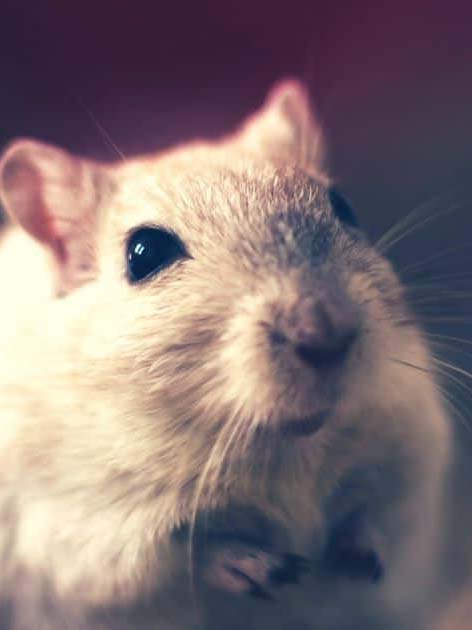
Signs of Rodent Infestations and Prevention Methods
One of the first signs to look for is rodent droppings. These should never be touched as they are full of bacteria and can transmit viruses like Hantavirus Pulmonary Syndrome (HPS). House mouse droppings are the smallest at one .25 inches with pointed ends.
The Roof Rat is also pointed but is roughly .5 inches long. Finally, the Norway Rat has the largest faeces at .75 inches with rounded ends, making them more distinguishable from the other two.
If droppings are found in the home, there is likely a habitat nearby.
Chew marks on food packaging and furniture are another sign of rodents, as are grease marks near cracks and holes, which indicate that rodents have been using them as entry points. If squeaks and rustling are heard in the walls, that is another hint.
Pro Tip: To keep rodents away, keep your building areas clean and make sure to limit access to food.
Sanitation can help prevent mice and rats from infesting homes, restaurants, and other buildings, but it does not assure that problems won’t occur. To truly prevent rodents, buildings need to be designed and sealed so the pests cannot access food. Any food should be sealed in tight containers and kept high in cabinets or fridges. Walls should be properly caulked and holes should be filled immediately.
If these methods fail, calling an exterminator to set traps and find nests is the final and most effective option. Pest control providers can use glue boards that will trap the creatures on a sticky surface, snap traps, and rodenticides that will poison the rodents but are kept away from areas accessible by children and pets.
Killem has carved a niche for itself with our rodent maintenance and flush-out programs. Do check our rodent pest control page for more information on rodent control.

Pest Problem? Let Us Help.
Frequently Asked Questions
Yes, if there’s plenty of food for both populations, rats and mice can inhabit the same area at the same time. However, if the resources are limited, rats can kill mice.
Yes, rats are much more difficult to get rid of than mice. For example, rats can eat from a mouse trap without making it go off. They are also more intelligent and can stay without food or water for a longer period of time.
Rats and mice can damage electrical wires and appliances, furniture, books, etc. They can also make you sick as they spread disease and transport fleas, lice, mites, and ticks.


